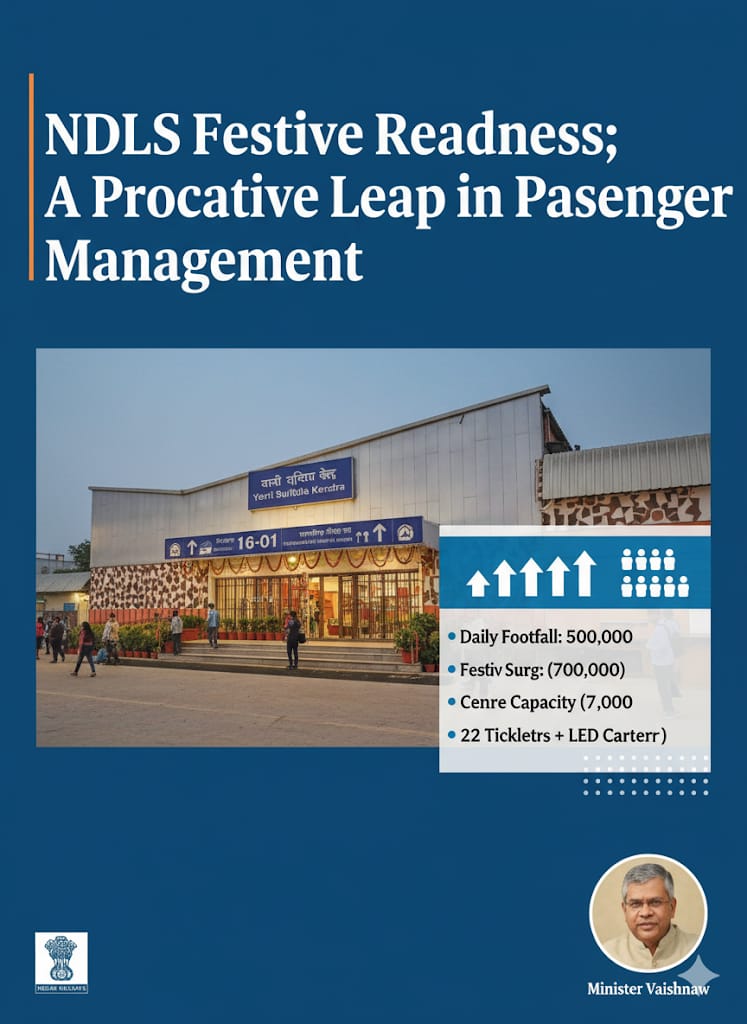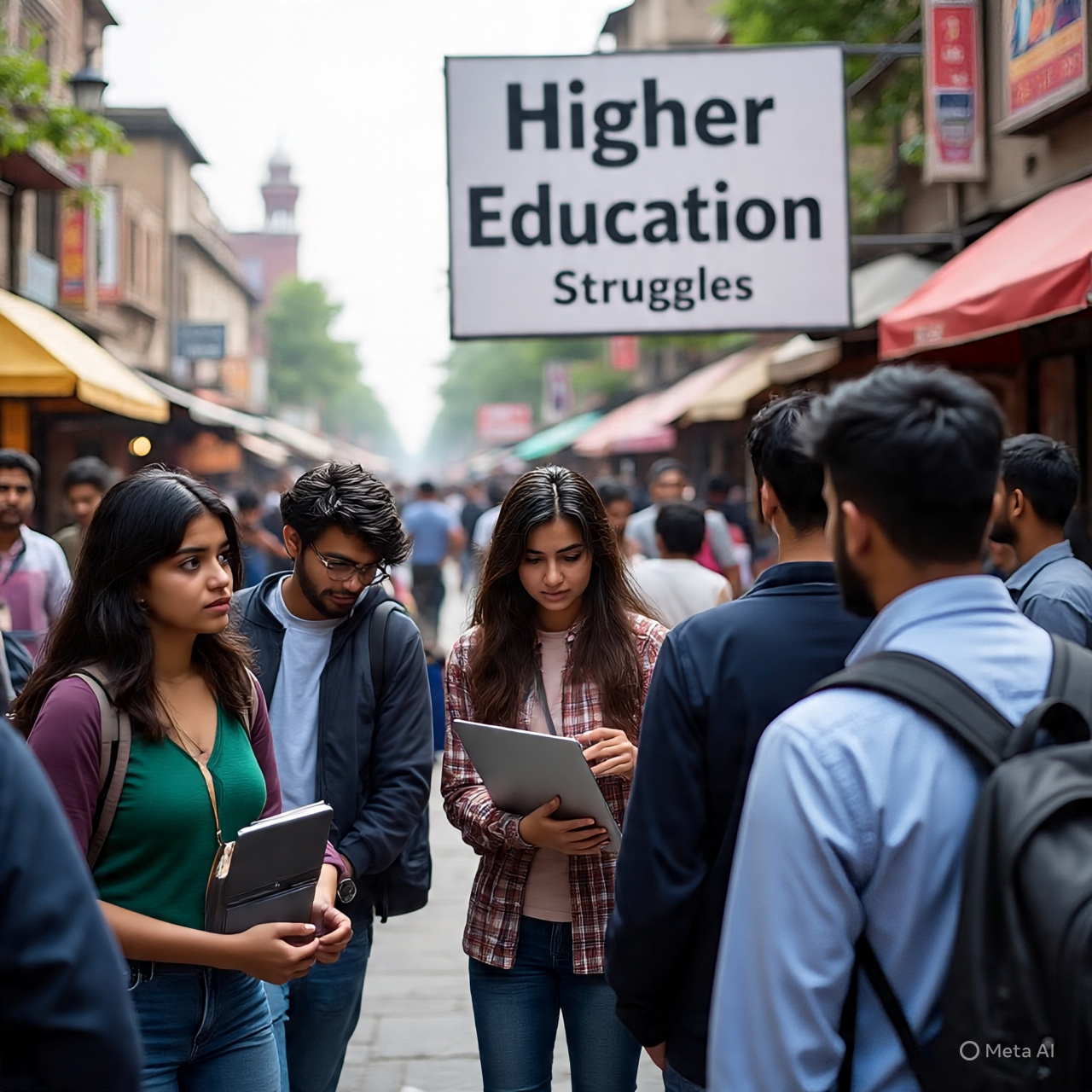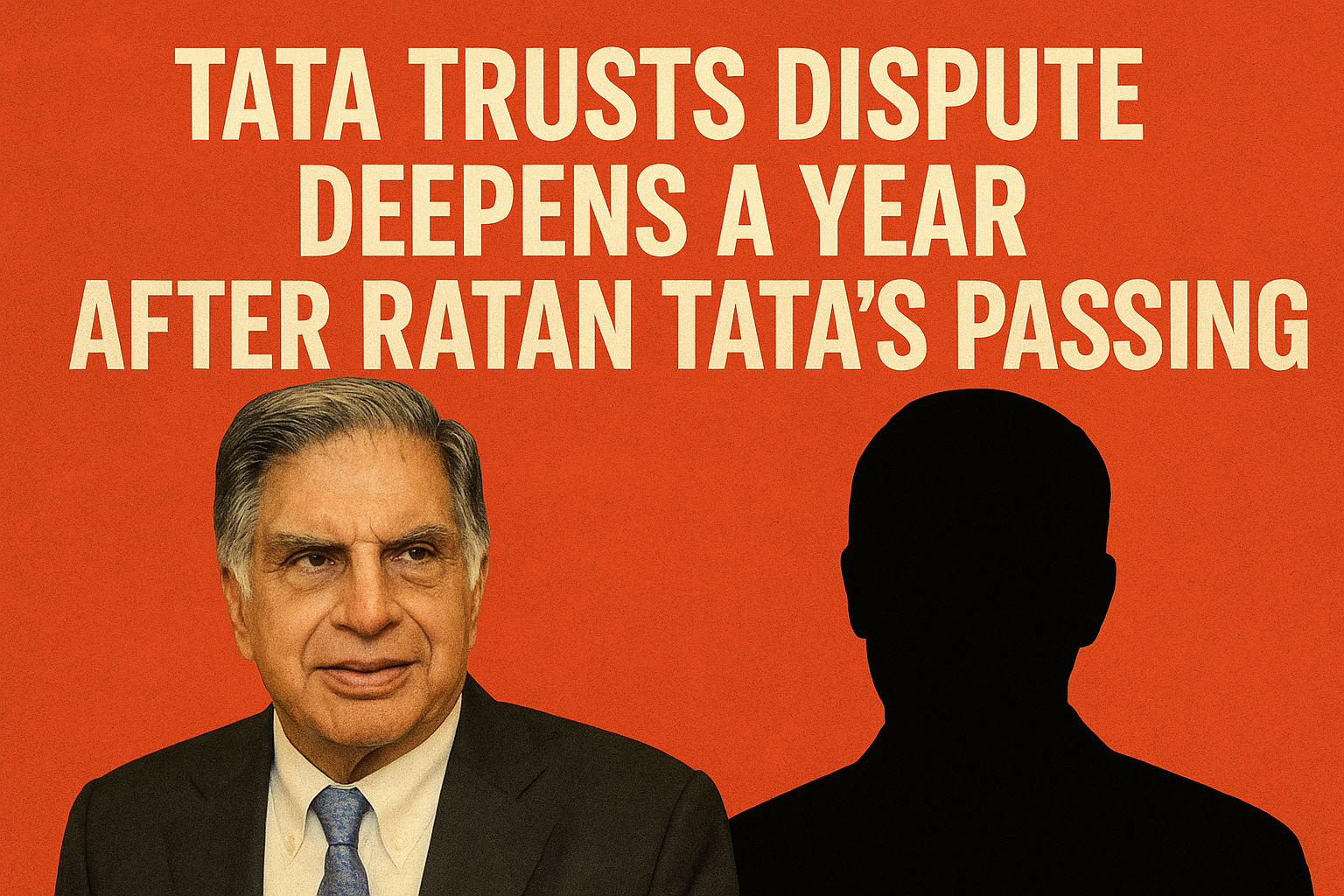In today's world, no one questions whether a calculation is done manually or by a calculator—it’s the result that matters. Efficiency and accuracy take precedence over methodology in mathematics. Yet, when it comes to writing, the narrative shifts dramatically. A decade ago, content faced criticism for being copy-pasted from Google; now, the focus has shifted to whether it is AI-generated. This misplaced scrutiny undermines the essence of creativity and the true value of written content.
Let’s take a step back and reflect. English, like all languages, operates within a finite structure: 26 letters, words derived from dictionaries, and grammar that dictates the rules. AI doesn’t invent new alphabets, coin unprecedented words, or establish fresh grammatical frameworks. It works within the same linguistic boundaries as human writers. The question, therefore, shouldn’t be whether AI is involved but whether the content is meaningful, engaging, and effective in achieving its purpose.
Should We Abandon Writing Education?
If AI is capable of producing all forms of written work, as some argue, should we then shut down journalism schools, creative writing programs, and mass communication courses? The answer is an emphatic no. Writing isn’t merely about assembling words; it’s an art that involves thought, emotion, and perspective—qualities that machines cannot truly emulate. A writer’s ability to analyze, interpret, and connect ideas with human experiences remains irreplaceable.
Consider this: calculators efficiently handle additions, subtractions, multiplications, and percentages, yet we still teach these skills in schools. Learning foundational math is essential for decision-making, understanding concepts, and fostering problem-solving abilities. Similarly, writing education nurtures creativity, critical thinking, and the ability to convey complex ideas—qualities no machine can replicate. AI may assist in generating drafts or optimizing text, but it lacks the intuitive creativity and cultural nuance that human writers bring to the table.
Misplaced Focus: Quality vs. Origin
The obsession with identifying AI-generated content often overshadows the actual measure of quality. Instead of asking, “Is this content AI-driven?” we should be asking, “Does this content solve a problem, inspire thought, or engage the audience?” Ironically, the so-called "hallmarks" of AI-generated content—formulaic structures, repetitive phrasing, and lack of depth—stem from rigid adherence to dictionaries and grammar rules. These limitations are not exclusive to AI; even a novice human writer can produce similarly uninspired work.
Moreover, the fixation on whether AI was involved in content creation ignores the fact that many industries rely on AI to enhance productivity. In marketing, for instance, AI tools are used to analyze trends, optimize SEO, and personalize outreach. Does this make the efforts of marketing professionals any less valuable? Certainly not. Writing should be viewed through a similar lens: AI as a tool to support, not supplant, human creativity.
The Workplace Dilemma: Carrot and Stick
The rise of AI in writing has introduced a new dynamic in workplace cultures, particularly in content-driven industries. Some managers have adopted a "carrot and stick" approach, using AI as a benchmark to criticize human writers. This not only creates a toxic work environment but also fosters a misplaced fear of unemployability among writers. Instead of leveraging AI to empower teams, it is being misused to impose unrealistic expectations and undermine the inherent value of human talent.
This approach is counterproductive. Writers bring much more to the table than mere wordsmithing; they bring empathy, originality, and a deep understanding of their audience. AI lacks the ability to think critically, challenge norms, or evoke genuine emotion—qualities that are crucial for impactful writing. By recognizing this, workplaces can shift from a punitive model to a collaborative one, where AI enhances rather than diminishes the contributions of writers.
The True Value of Writers
The emergence of AI in writing should prompt celebration, not condemnation, of the human writer. Far from rendering writers obsolete, AI highlights the irreplaceable qualities of human creativity. A machine can assemble words based on patterns, but it cannot innovate, adapt to cultural shifts, or infuse a piece with the personal touch that resonates with readers.
Writers are not just content creators; they are storytellers, educators, and influencers. Their work shapes public opinion, preserves cultural heritage, and drives social change. To reduce their contributions to a comparison with machine-generated content is not only shortsighted but also deeply unjust. Instead, we should focus on fostering environments that encourage collaboration between humans and AI, maximizing the strengths of both.
Moving Beyond the Myth
The myth that AI can replace human writers is rooted in a misunderstanding of both writing and AI. Writing is not a mechanical process; it is a deeply human endeavor that involves creativity, critical thinking, and emotional intelligence. While AI can assist with tasks like editing, research, and drafting, it cannot replicate the depth and diversity of human thought.
It’s time to move beyond the debate over AI’s role in writing and focus on what truly matters: the quality and impact of the content. By embracing AI as a tool and not a threat, we can elevate the craft of writing and ensure that human creativity remains at its core. Let’s celebrate the art of writing and the writers who make it meaningful, instead of letting misconceptions diminish their worth.




.jpeg)

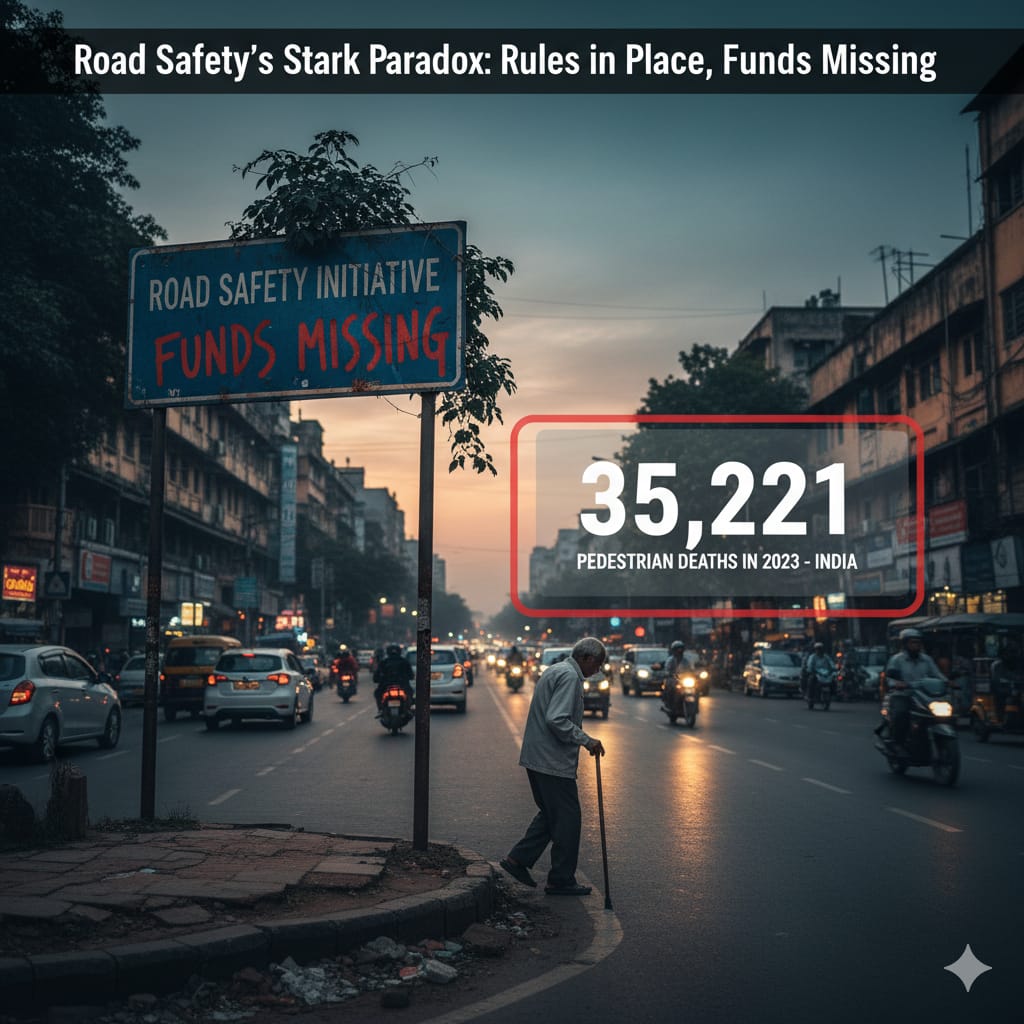
.jpeg)

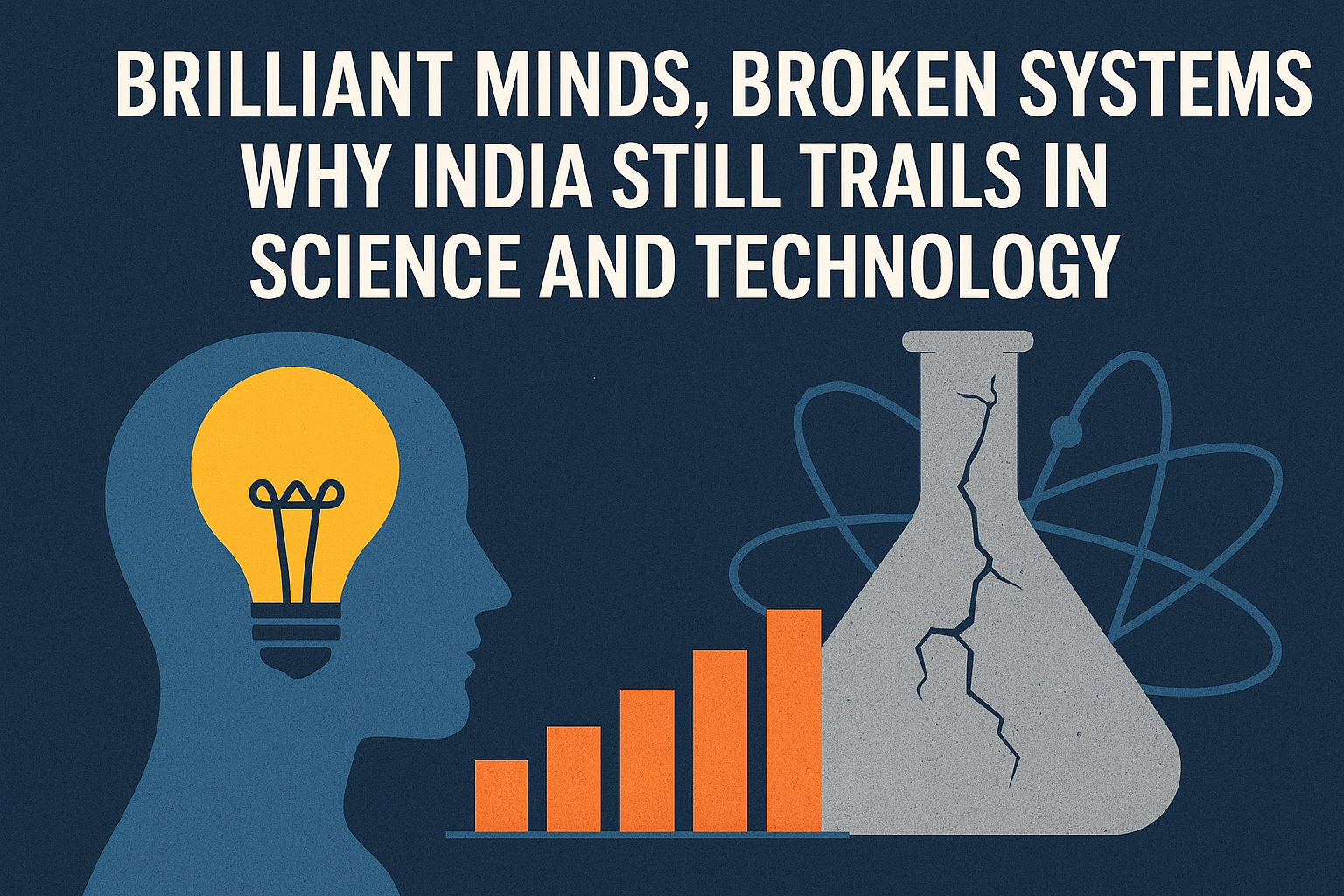

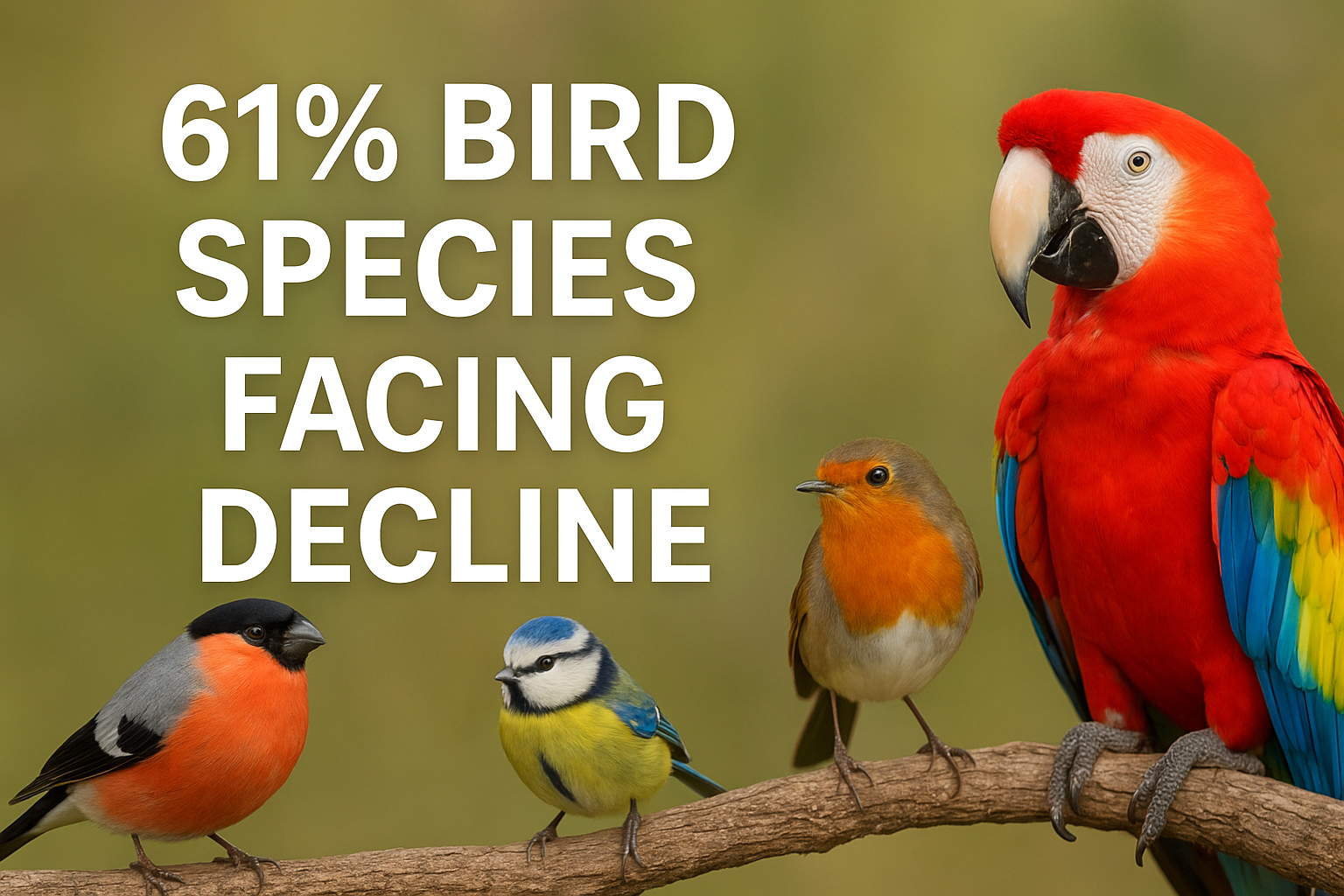
.jpeg)
